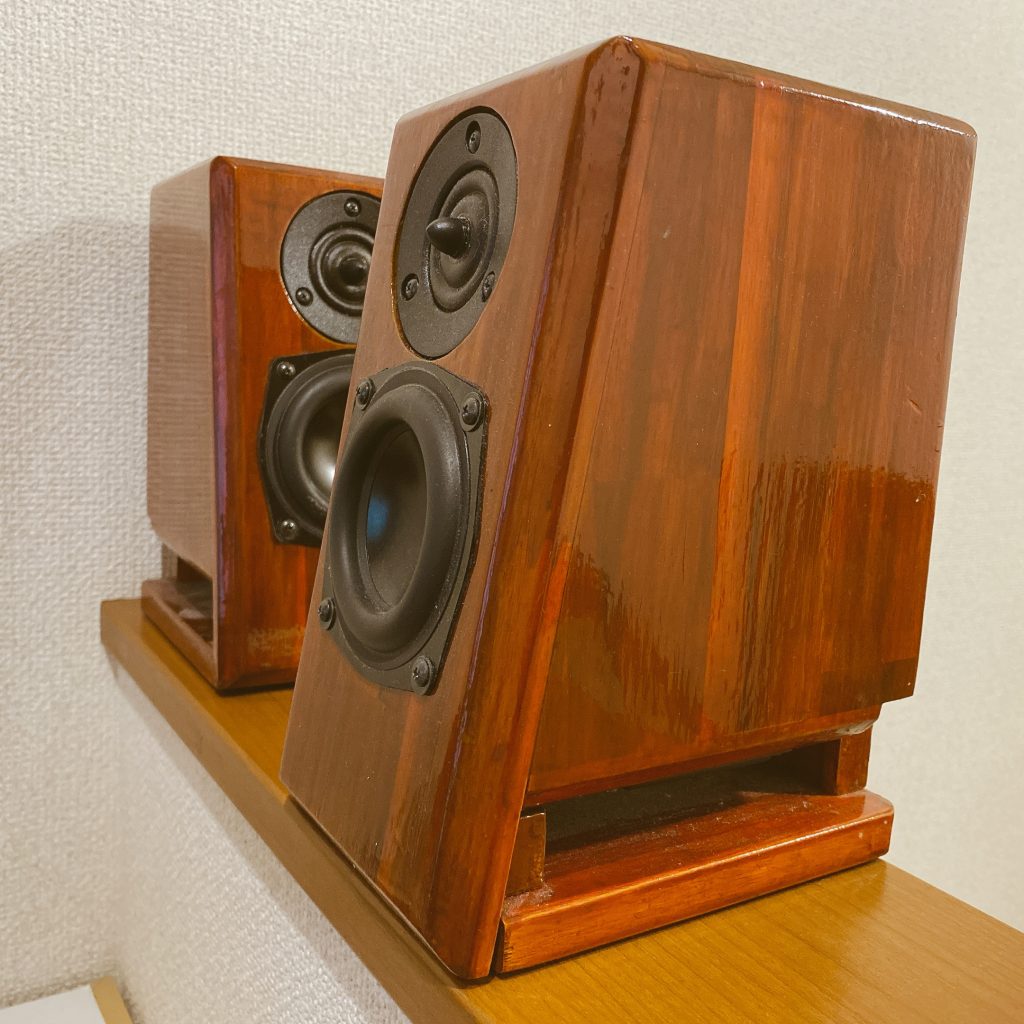
The MOAI
Designer:
HILO
Project Category:
Freestyle Speakers
Project Level:
Advanced
Project Time:
8-20 Hours
Project Cost:
$100 – $500
Project Description:
Extra small(1.5Litter) WIde Response Active 2way desktop Speaker System. Using dual passive radiators.
Design Goals:
Retrieval of the real fundamental of the bass sound. The most lower fundamental frequency of 4 string bass is appx 42Hz. If the desktop speaker can cover down to 40Hz, the subwoofer will not be necessary. Try this with my various idea-driven extra small enclosures, and small speaker units with electrical compensation.
Driver Selection:
Reducing Vas parameter means small-sized speaker units are mandatory. With this, to get the higher SPL quite long excursion capability was needed in the low-frequency. Dayton Audio ND91-4 is the best choice for this requirement. It has 25mm Xmax, lower Fs, a strong diaphragm, and 30W power handling capability. According to my pre-measurement result shows, it’s better to use under the 5kHz. So I added Peerless XT25T for tweeters.
Enclosure Design:
To reduce the speaker unit displacement, At first, I try to design with a vented enclosure. But the vent length was too long to install the small enclosures. Then I decided to use a passive radiator instead of the vent.
There are two problems to solve. First One was a resonant frequency. I added 41g weight to tuning down to 38Hz. The second one was PR’s Xmax. At the resonant frequency, the driver unit displacement goes minimal but the passive radiator swings most. So I put two passive radiators with this small enclosure.
Enclosure Assembly:
I used Gilera glue for building enclosures. 15mm thickness Acasia wood used all the parts of this enclosure. It has a beautiful texture so I finished it with rose-red colored water-borne urethane varnish.
Crossover Design:
Fig-12 is a frequency response on the opened stand space. Fig-13 was measured at the desktop. The low-frequency end response was extended to 40Hz with the effect of walls. I used “FreeDSP Classic SMD A/B” which I designed for this 48dB/oct crossover and response compensation.
Tips & Tricks:
Tunning down the passive radiator’s resonant frequency to 38Hz. Decreased response compensates electrically. As matter of fact, the bass diver displacement decreases even the passive radiators are fully swinging.
Conclusion:
Most of my time spending was operating PCs. So I would like to place a small but good speaker system better than my 27″ iMac’s. Previously I made several kinds of 3D(2.1chnnel) speaker systems. Though the satellite was small enough, but a Subwoofer consumes my leg spaces. This desktop speaker can retrieve deep bass fundamentals, as a result of this the subwoofer will not be necessary.
About the Designer:
I have been interested in DIY Car and Home Audio for over 20 years. My hobby project activities are stated on my homepage. You can search and visit my homepage which named “CyberPit HILO”. (Sorry, most of my pages are in Japanese)
Project Parts List:
|
Part # |
Description |
Qty |
|
290-224 |
Dayton Audio ND91-4 3-1/2″ Aluminum Cone Full-Range Neo Driver 4 Ohm |
1 |
|
264-1014 |
Peerless by Tymphany XT25SC90-04 1″ Dual Ring Radiator Tweeter |
1 |
|
264-1060 |
Peerless by Tymphany 830878 3-1/2″ Passive Radiator |
1 |
|
390-808 |
Dayton Audio UMM-6 USB Measurement Microphone |
1 |

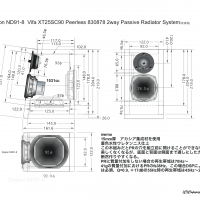
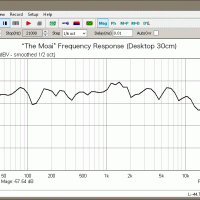
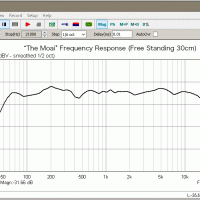
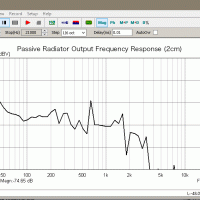
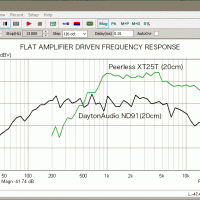
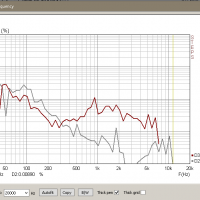
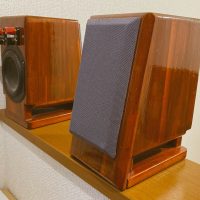
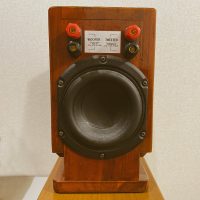
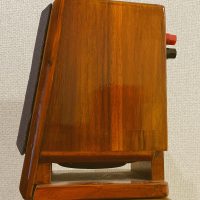
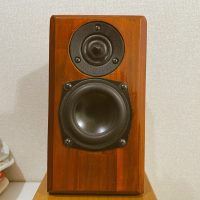
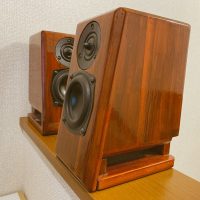
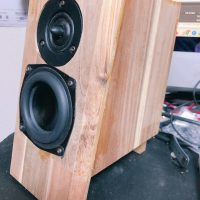
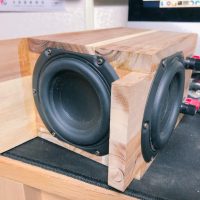
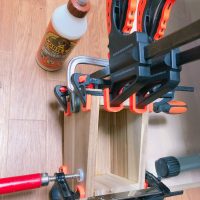
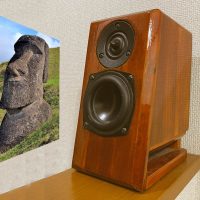
+ There are no comments
Add yours